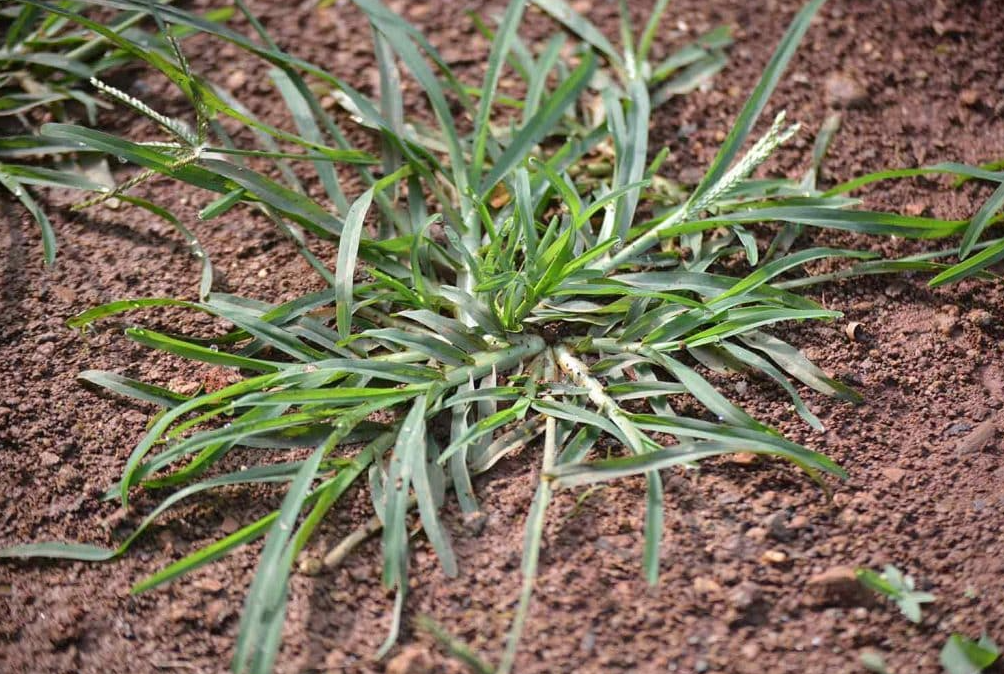Goose grass, also known as cleavers or Galium aparine, may be a common sight in gardens worldwide, but its medicinal value is anything but ordinary. Revered for its detoxifying properties and versatile health benefits, goose grass is a valuable addition to any natural remedy collection. Here’s an in-depth guide on how to identify, prepare, and use goose grass for various therapeutic purposes.

1. Identification and Harvesting
Identifying Goose Grass: Goose grass is easily identified by its slender, trailing stems, small greenish-white flowers, and tiny hook-like hairs that allow it to cling to clothing or fur. For a more detailed guide, refer to resources on goose grass identification.
Best Harvesting Time: The ideal time to harvest goose grass is in spring, when the young shoots are tender, and before the plant begins to flower.
2. Preparation for Medicinal Use
Cleaning and Drying: Rinse the goose grass thoroughly to remove dirt. It can be used fresh or dried for later use. To dry, bundle and hang in a well-ventilated, shaded area.
Goose Grass Tea Preparation: For a cleansing tea, steep 2 teaspoons of dried goose grass in boiling water for 10 minutes. Strain and consume up to three times daily to aid lymphatic drainage and blood purification.
3. Therapeutic Uses

- Skin Irritations and Wound Healing: Goose grass is known for its soothing properties. Create a poultice from fresh, crushed leaves and apply directly to minor wounds, eczema, or skin irritations to reduce inflammation and support healing.
- Kidney Health: As a natural diuretic, goose grass helps flush toxins through the kidneys. Regularly consuming goose grass tea may aid in preventing kidney stones and alleviate urinary tract infections.
- Lymphatic System Support: Goose grass is prized for its lymphatic-cleansing effects, making it effective for reducing lymphatic swelling and enhancing immune health.
4. Additional Benefits

- Weight Management: Goose grass tea is thought to support metabolism and promote weight loss through its diuretic effects.
- Hair Care: Goose grass contains silica, which can strengthen hair. Use a goose grass decoction as a final rinse for added shine and vitality.
5. Cautions and Considerations
- Allergy Test: Some individuals may be sensitive to goose grass. Perform a patch test on the skin before using it extensively.
- Consult a Healthcare Provider: Although generally safe, it’s advisable to consult with a healthcare provider before starting goose grass, especially for those with existing health conditions or who are taking medication.
A Versatile Natural Healer

Goose grass is more than an everyday weed; it’s a powerful medicinal plant with a wealth of health benefits. From promoting kidney function to soothing skin conditions and supporting the lymphatic system, this humble plant has much to offer. By learning how to properly prepare and use goose grass, you can unlock its healing potential and add a potent natural remedy to your wellness routine.
Inspired by this? Share this guide with friends!





